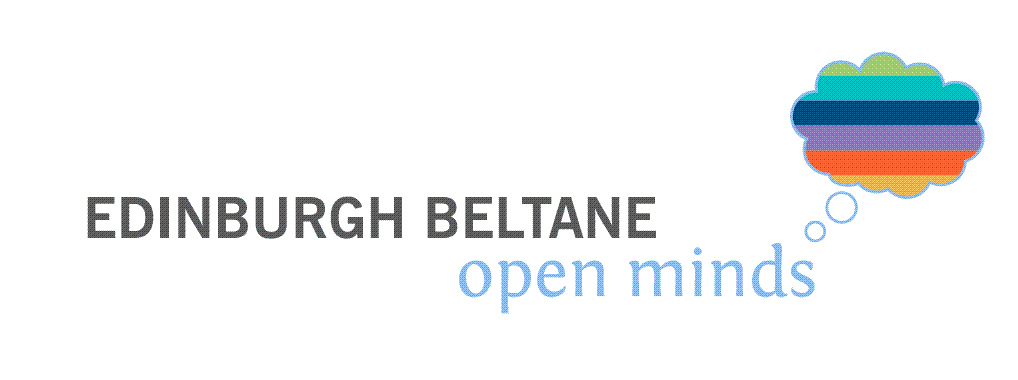Presenter: Svenja Wurm
Title: Sign language translation - Insights into a new field
Date: 21st January 2009
Time: 7pm
Venue: Heriot-Watt University, EH14 4AS
BSL/English Interpreter:
All welcome!
Download the poster
Abstract
Until now most translation between BSL and English has happened in live situations; typically an interpreter is in the same place with signers and non-signers and transfers language quite quickly. Now, however, new technologies offer new possibilities and there are translation situations that are very different from standard interpreting: more and more written resources are translated into recorded BSL, e.g. on websites or DVDs. Here translators can work differently. They can spend much more time preparing, practising and revising the translation.
On the other hand, there are restrictions; they cannot ask the Deaf or hearing person for clarification. Svenja Wurm looks at one such situation, a particular translation of a chapter from an academic textbook into BSL. What are the differences and similarities between this situation and more 'standard', traditional interpreting situations? Also, academic textbooks do not yet exist in sign languages. How does the translator translate a genre that, until now, has only existed in writing?
Svenja found that the translation reflects the academic style of the written text in many ways. At the same time, in order to make the text more natural and 'Deaf', the translator copies styles from other BSL genres, such as narratives and conversations.
21 January 2009
Subscribe to:
Post Comments (Atom)




No comments:
Post a Comment